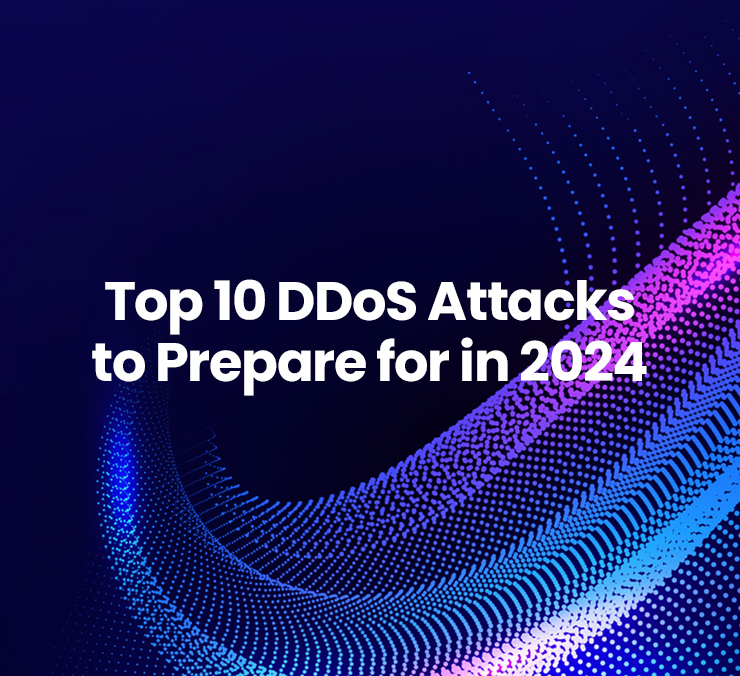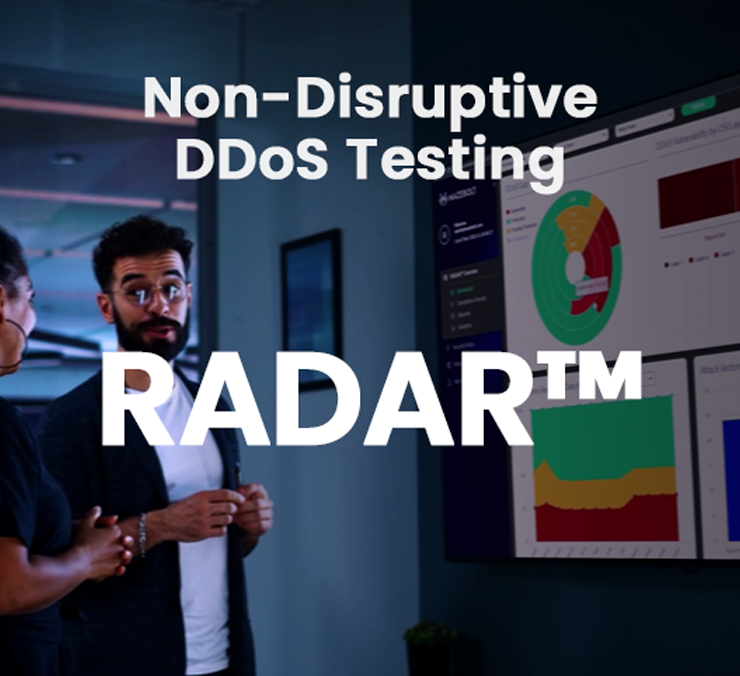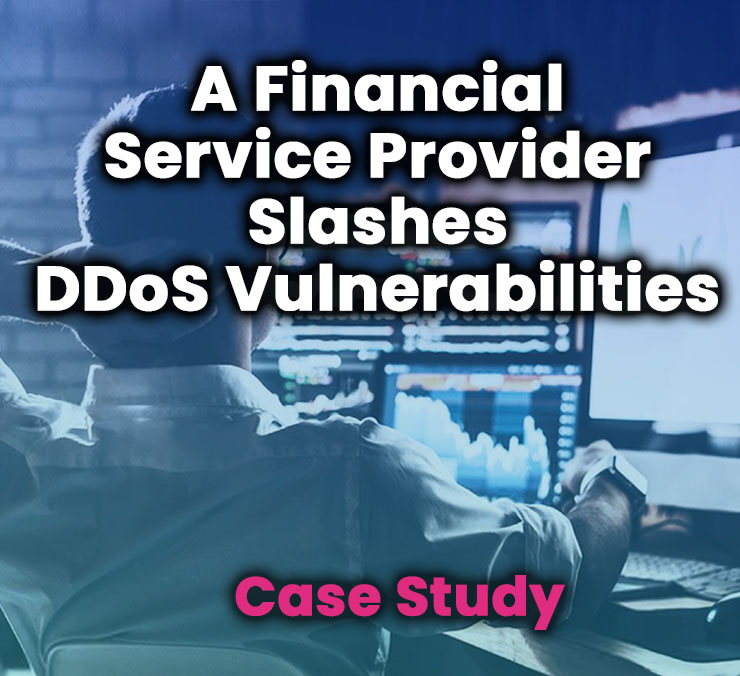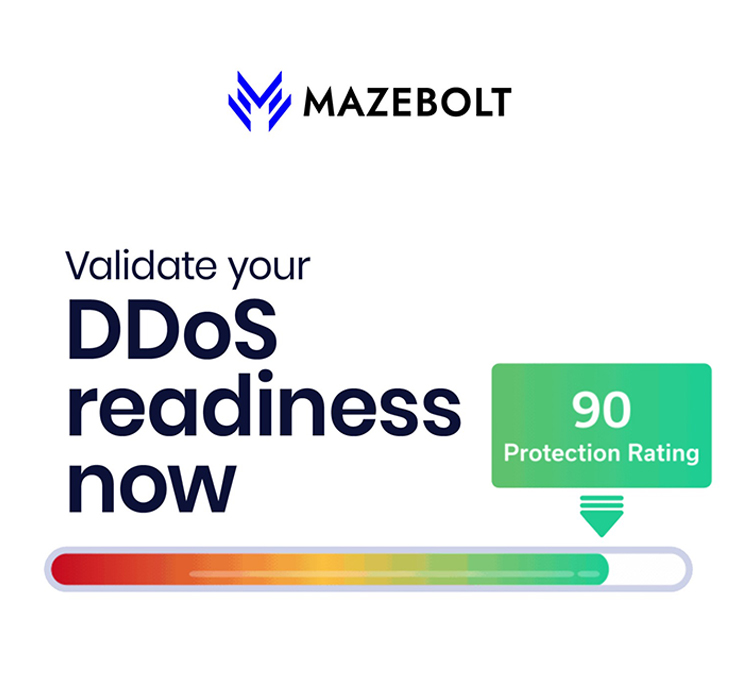The only source of truth for DDoS readiness
Continuously uncover and remediate your most relevant DDoS risks.
Get prioritized and actionable insights. Close the loop from insight to action.
Even with the best DDoS mitigation solution in place, every organization suffers up to 75% exposure of their dynamic DDoS attack surface. RADAR™ testing’s autonomous risk detection allows cybersecurity teams to reinforce their existing DDoS mitigation systems by continuously detecting vulnerabilities and network misconfigurations, analyzing traffic data and prioritizing remediation for true DDoS readiness.
Prioritize your most relevant vulnerabilities with actionable remediation insights
Visualize your entire network and get hard data and percentages of all known DDoS attack vectors that evade your DDoS mitigation layers. RADAR testing simulates tens of thousands of distinct attacks with no disruption to services.




